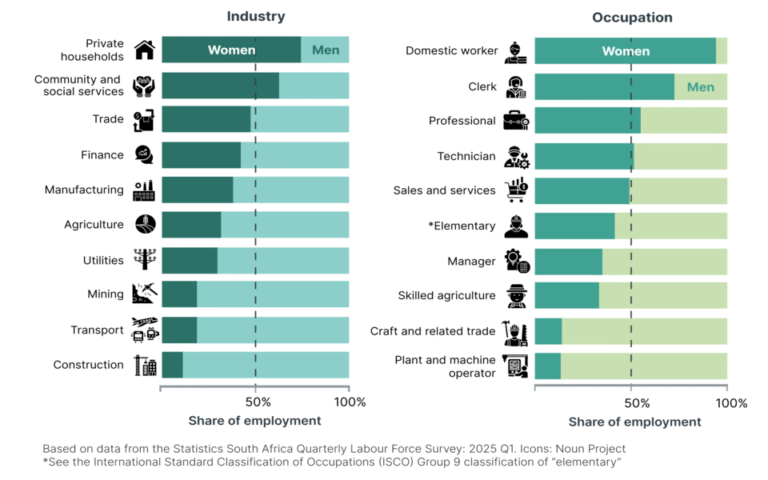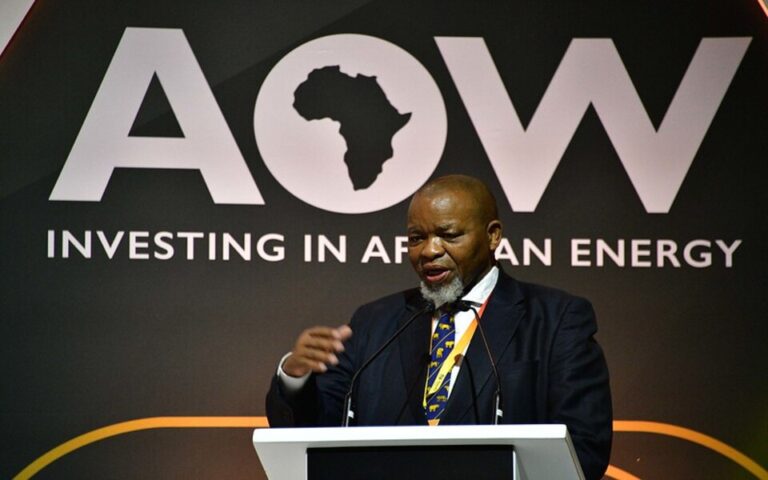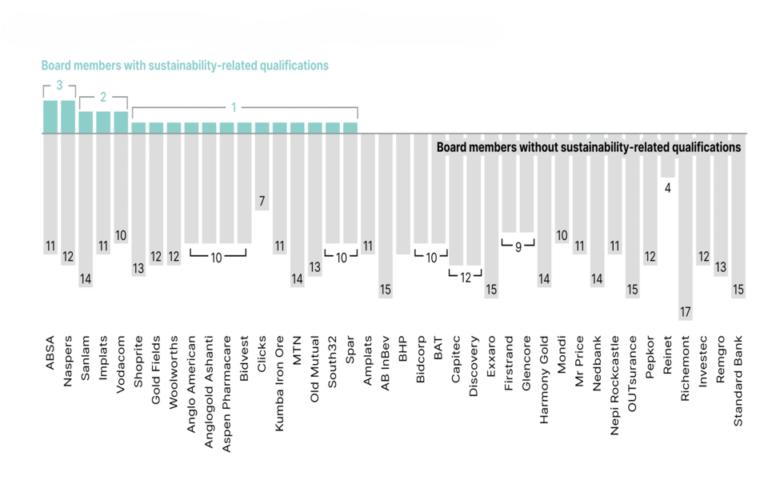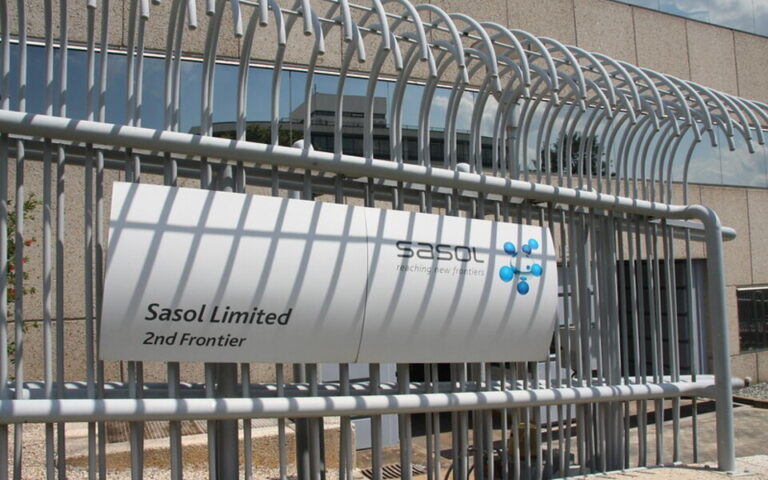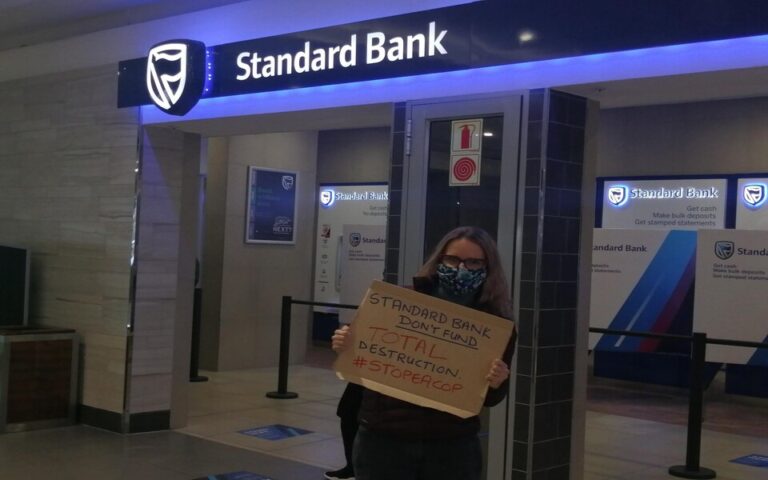Sasol Limited’s long-awaited Climate Change Report was released on 28 October 2019. The report, titled “Positioning for resilience in a low-carbon future”, is dated 30 June 2019 and is the company’s “first report aligning with the recommendations of the Task Force on Climate-related Financial Disclosures (TCFD)”. Sasol’s outgoing Chairman Mandla Gantsho acknowledges in the company’s 2019 Integrated Report that concern expressed by stakeholders at its 2018 AGM had resulted in the company conducting “accelerated resilience testing of our corporate strategy against various climate change scenarios, including the Paris Agreement’s goal, which we support”. Civil society organisations including Just Share, the Centre for Environmental Rights, groundWork and Save the Vaal attended Sasol’s 2018 AGM to challenge the board on the company’s environmental and social impacts, in particular its failure to provide stakeholders with adequate climate risk disclosure or to set greenhouse gas emission reduction targets.
Sasol has committed in its Climate Change Report to “reduce by 2030 the absolute GHG emissions from our South African operations by at least 10%, off our 2017 baseline”. The company’s total global GHG emissions (CO2 equivalent) in 2017 were 67 632Mt (based on current disclosures, approximately 95% of Sasol’s GHG emissions are from South African operations). This target is not Paris-aligned, but is “based on the probability of success of potential reduction opportunities, associated risks, economic viability and balance sheet capability to finance these activities”. Sasol will release an “emission reduction roadmap” by November 2020.
The Climate Change Report outlines the company’s preliminary assessments for “transforming [its] operations and shifting [its] portfolio”. It describes the broad implications for its portfolio of two climate change scenarios: a “base case” scenario, and a “cooperative world” scenario. Transition to a low-carbon economy takes place at a faster pace in the latter scenario, in which significant pressure is placed on the company’s coal-based power generation. Sasol has therefore identified its coal value chain “as an immediate and critical opportunity” to reduce emissions.
However, there will be questions about the extent to which Sasol’s scenario analysis is aligned with the Paris Goals. The company states that none of its current scenarios are fully aligned with the International Energy Agency’s Sustainable Development Scenario (SDS), a scenario which, according to the Institute for Energy Economics & Financial Analysis (IEEFA), only gives us a 50% chance of achieving the Paris Goals. IEEFA also states that “success in the SDS depends on carbon capture and storage (CCS) achieving commercialisation at scale by 2030”. Sasol itself admits in the Climate Change Report that “We do not see opportunities for this technology [CCS] at the moment to meaningfully impact our emissions profile”.
Tracey Davies, director of Just Share, says: “Sasol’s Climate Change Report is a much more comprehensive acknowledgment of the risks posed by climate change to the company’s long-term sustainability than we have seen before, which is a testament to the power of shareholder activism to shift corporate priorities. Sasol unequivocally acknowledges and accepts the scientific basis for human-caused climate change, and admits that its operations, particularly Secunda, face major transition risks. The report is a significant step towards meaningful climate risk disclosure, but it is only the start of the journey. Given the scale of the issue, and the pace at which we need to change if we are to achieve the Paris Goals, shareholders will be asking whether Sasol’s targets are ambitious enough, and when achievement of emission reduction targets will be linked to executive remuneration”.
